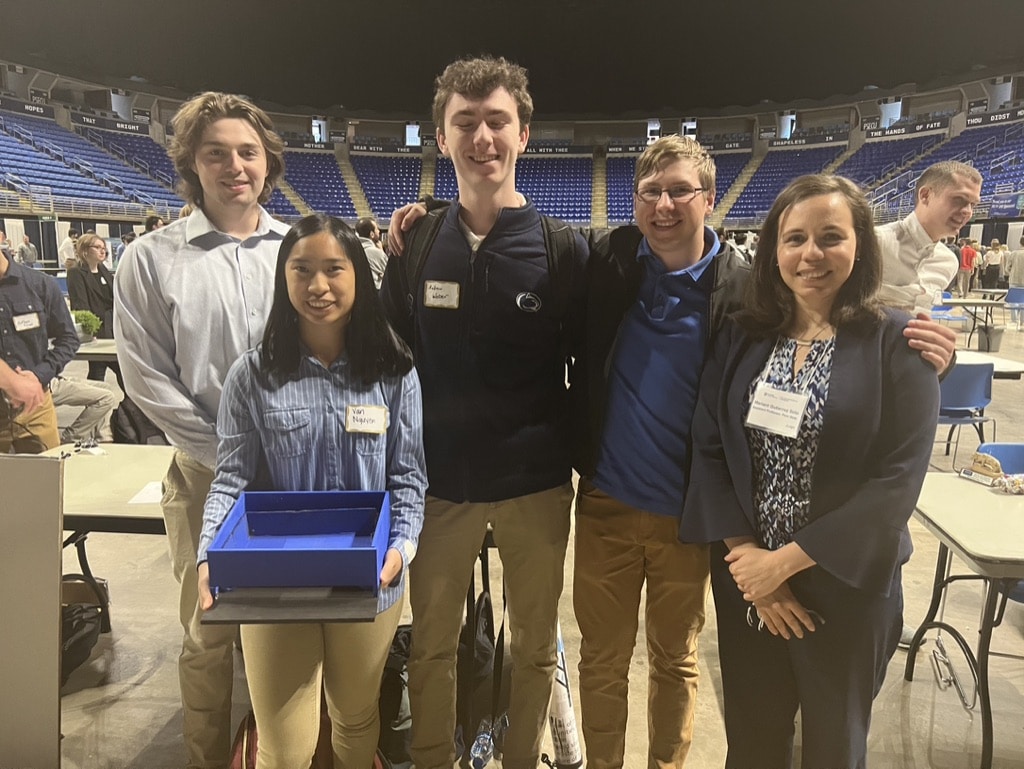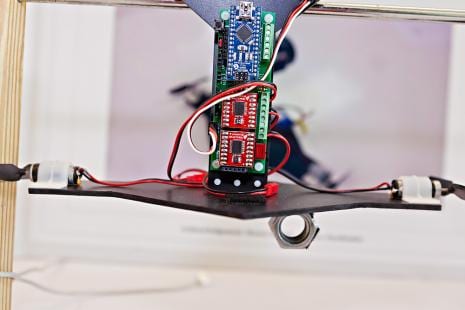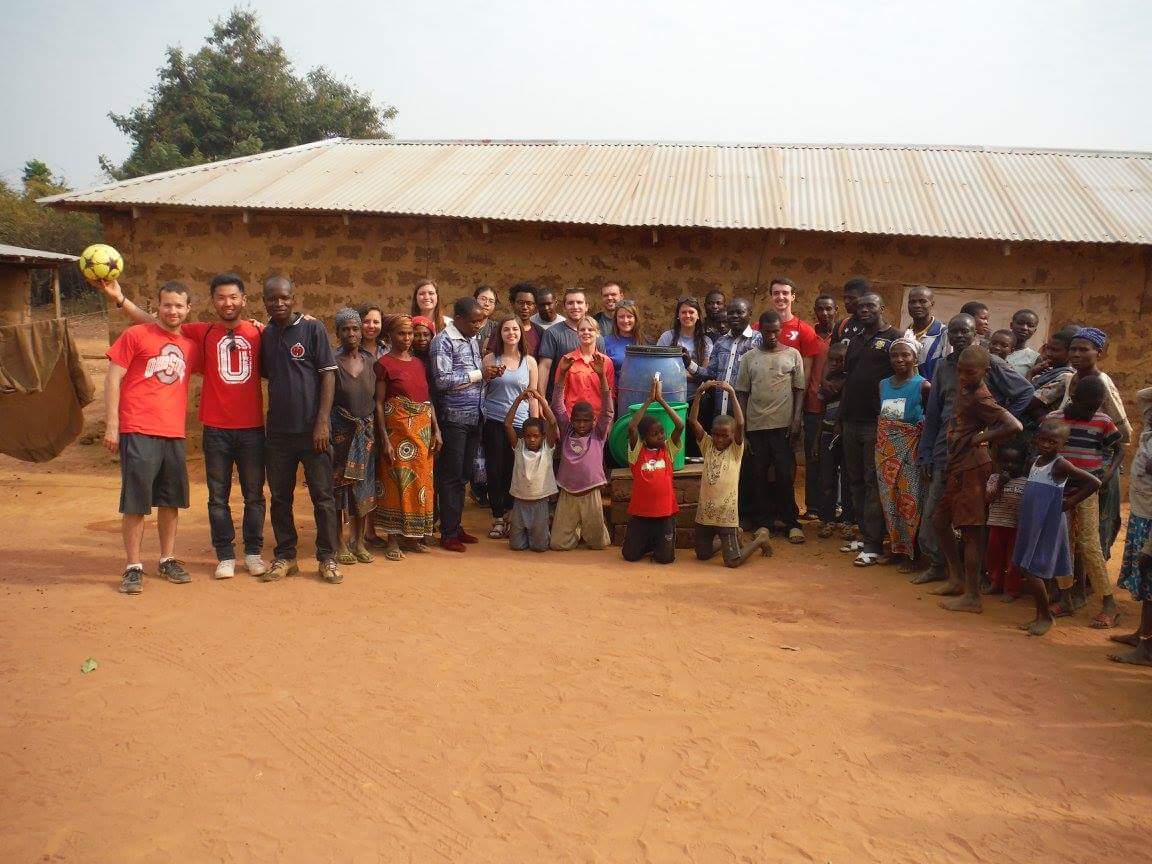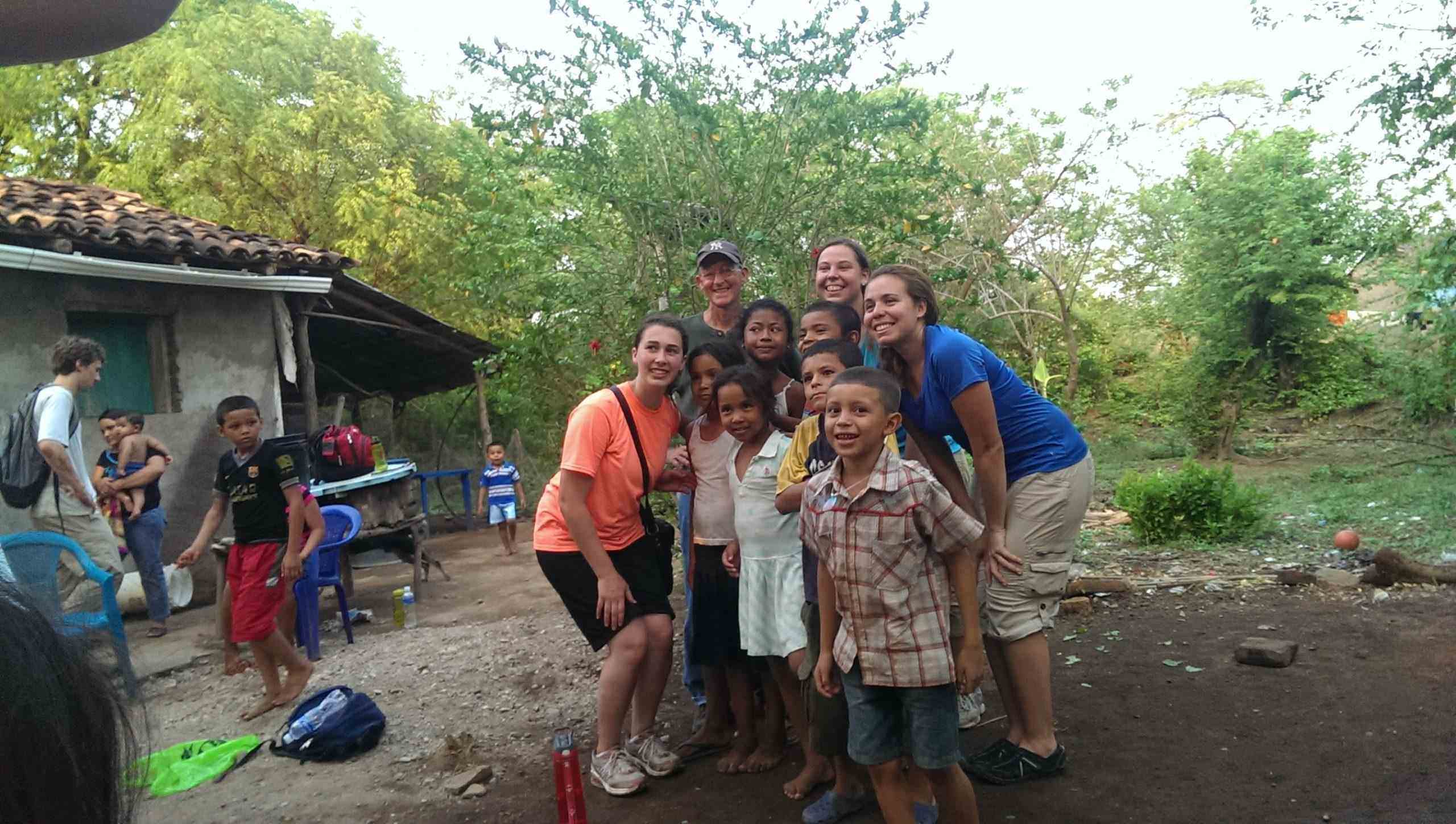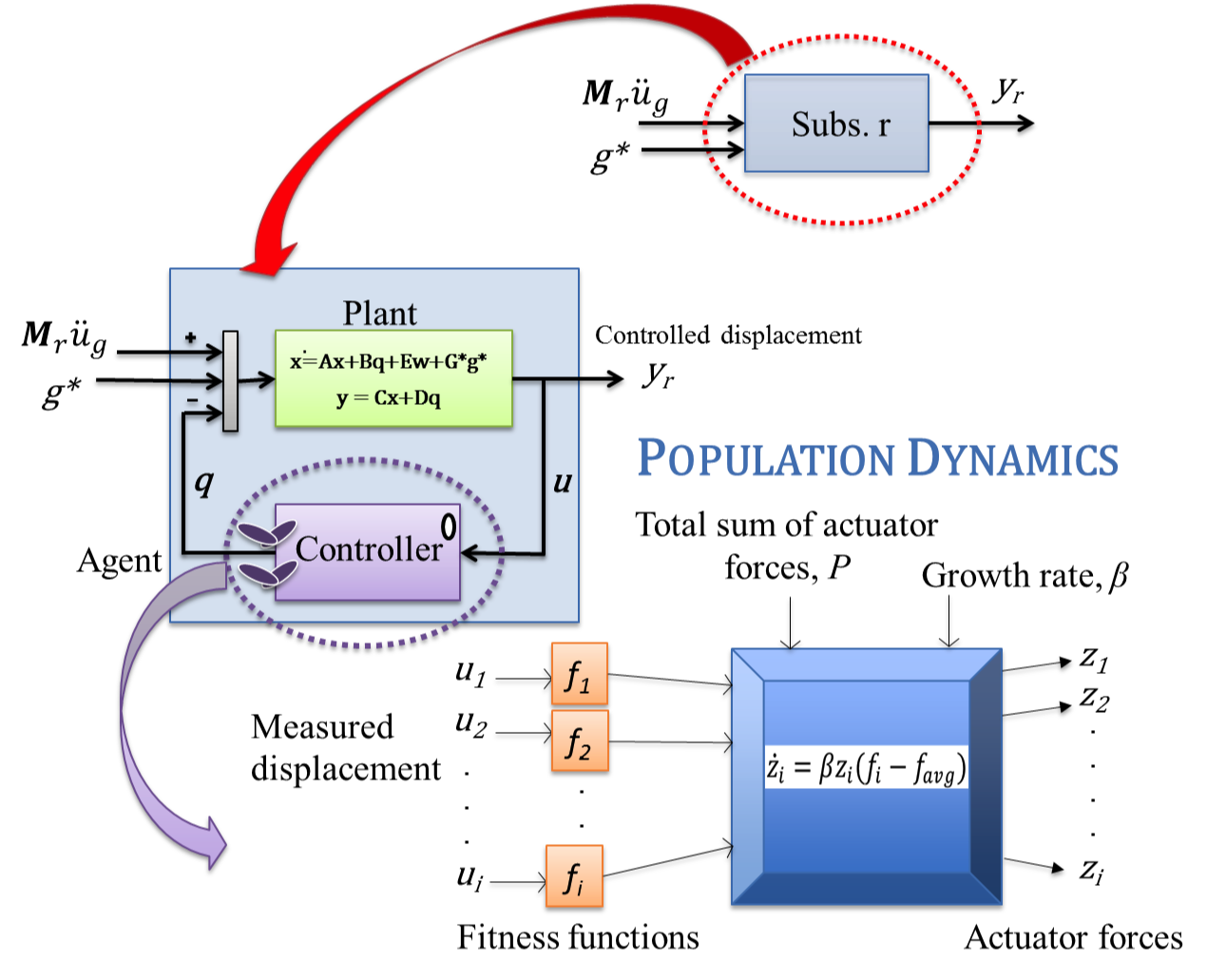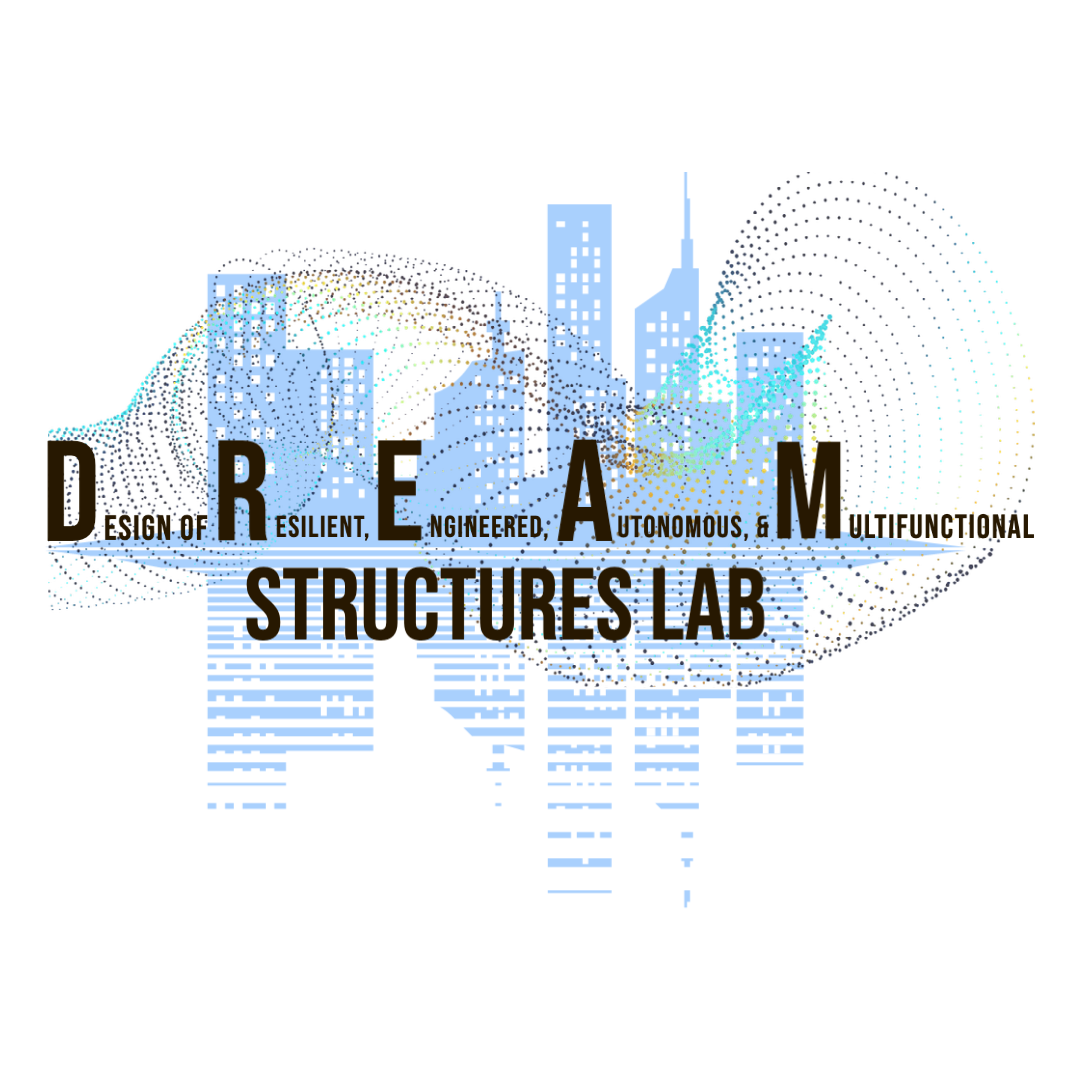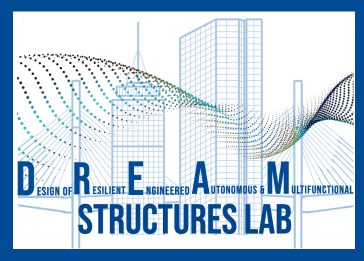EDSGN100 Cornerstone in Engineering Design
Engineering Design (EDSGN) 100 provides students with a foundation for engineering design through hands-on team projects that address specified design opportunities. Through this course, students will recognize the roles that engineering and design have in improving the health, safety, and welfare of the global community, as well as identifying when a solution is technically feasible, economically viable, and desirable.
Students will use a range of design tools and techniques to carry out and communicate their design processes as applied to their projects. Additionally, students will develop and practice professional skills, such as communication, teamwork, and ethical decision-making.
ENG 1181 and ENG 1182 Fundamentals of Engineering
The Fundamentals of Engineering course sequence is a prerequisite for declaring most engineering majors at the Ohio State University. The standard FE sequence teaches basic but invaluable engineering skills that are required for future coursework and careers. Incoming freshmen take a two-semester course series, which broadly introduces the topics of:
- Technical graphics (i.e. 3D visualization and sketching)
- Computer-aided design
- Programming in MATLAB
- Engineering design and analysis
- Project management
- Teamwork
- Oral and written technical communication
The topics and laboratories presented in these courses provide students with a broad overview of engineering's various disciplines.
ENGR 5797.17S: Engineering Service-Learning in Ghana
Service-Learning is a form of experiential education characterized by student participation in an organized service activity that:
- is connected to specific learning outcomes;
- meets identified community needs; and
- provides structured time for student reflection and connection of the service experience to learning
Projects with travel abroad component to Ghana include bio-digestion for energy harvesting, bio-sand filter for water purification systems, and bicycle-power generator.
ENGR 5797: Engineering Service-Learning in Choluteca
Service-Learning is a form of experiential education characterized by student participation in an organized service activity that:
- is connected to specific learning outcomes;
- meets identified community needs; and
- provides structured time for student reflection and connection of the service experience to learning
Projects with travel abroad component to Honduras include mechanical nebulizer, solar power, water sanitation, first-flush systems, and biosand filtration.
The results from the projects and learning experiences were documented and presented at the American Society of Engineering Education conference.
CE 382 Structural Analysis
Analysis of statically determinate planar structures including trusses, beams, and frames. Influence lines for truss and beam structures. Displacement calculations using virtual work principles. Statically indeterminate structural analysis: approximate methods of analysis and an “exact” classical method.
CE 582 Intermediate Structural Analysis
CE 682 Advanced Structural Analysis
EDSGN 590: Design for the Extreme
This course provides an introduction to the design of extremes ranging from the concept of human-centered design for extreme users to innovative design for extreme events.
CE 699 Smart Structures
This course provides an introduction to the range of structural modification devices and systems that are being used within structural engineering. Applications will span the multiple disciplines that deal with structural systems. The systems to be discussed include, but are not limited to: isolators, damping devices, mass dampers, viscoelastic materials. Fundamentals necessary to simulate, implement, and assess the performance of these systems will be discussed including sensors, data acquisition, coupled dynamics, control-structure interactions, and digital signal processing systems. Passive, active, and semiactive systems will be discussed, in terms of modeling, simulation, performance, and recent implementations for each class of systems. Computer simulations of structural systems and laboratory experiments will be included.
EDSGN 485 Engineering Design Portfolio
Positions in engineering design typically require a portfolio representing an applicant's best work. In preparation for this requirement, students in this course will develop the skills needed to design a portfolio that represents the depth and breadth of their engineering design training, by collecting, sorting, and sequencing visual information from relevant previous design experiences.


